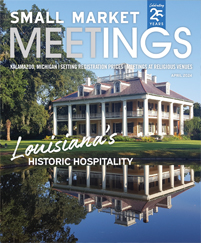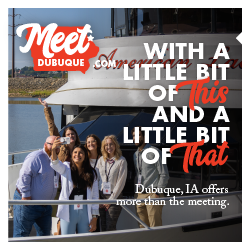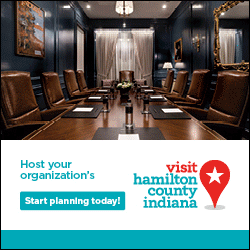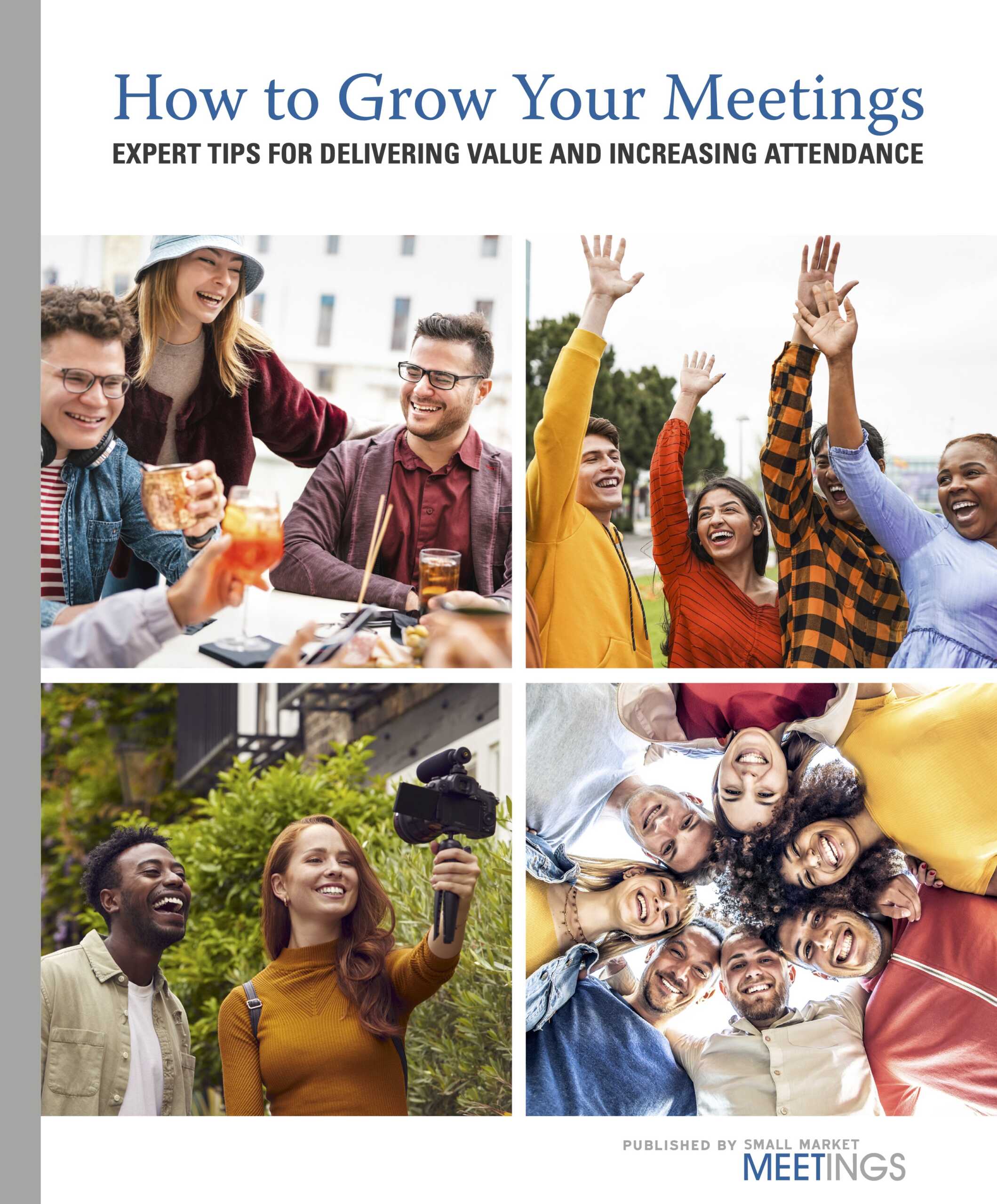Take the Project to the Attendees
Volunteer work is often used as a team-building activity, so in some cases, planners may want to bring the project to the meeting location.
An organization called Little Free Pantry focuses on building small cabinets supplied with nonperishable food and drink, and distributing them across different cities, similar to the Little Free Library concept. After coordinating the project with the local Little Free Pantry chapter or the convention and visitors bureau, planners can have the lumber and supplies brought to their event, where groups can work together to build, paint and stock the pantries.
The Empty Bowl Project is another option for an in-house project. Promoted by the nonprofit group Imagine Render, the Empty Bowls Project is an international movement aimed at raising awareness and funds for world hunger. Though events vary, participants typically paint or create a bowl in recognition of empty bowls across the world and then enjoy a meal together in exchange for a small donation to local food banks or soup kitchens.
Host a Charity Dinner
Not all goodwill endeavors have to include a hands-on project. One easy way to give attendees the opportunity to give back to the community is by hosting a charity dinner. Grow Dat Youth Farm is a local nonprofit in New Orleans dedicated to educating youth and young adults about sustainable food. The organization regularly hosts farm-to-table private charity dinners in parks and other beautiful locations so that corporate groups can enjoy the local scenery and cuisine while supporting a good cause.
“It’s a great way for people to get out into the community and eat a delicious meal along the bayou from a local chef,” said Letort.
Give Attendees Something to Take Home
It does little good to raise awareness about a cause without supplying the tools and resources people need to implement socially responsible practices back at home. Organizations such as the Monterey Bay Aquarium in Monterey address that concern by providing attendees with practical steps on how to support ocean conservation.
After the aquarium closes to the public at the end of the day, groups can attend a private charity dinner with a focus on marine conservation. As attendees dine on a delicious gourmet meal prepared from local organic products, they learn about Seafood Watch, a program that shows everyday consumers how to shop responsibly for seafood. Guests can take home a pocket guide and download the Seafood Watch app for future reference.
“You affect change through changing demand,” said John Abrahamson, event and sales director at the Monterey Bay Aquarium. “Attendees can walk out of the event and implement what they learned the very next day when they go to the grocery.”
Attendees can also browse exhibits on the harmful effects of human waste products such as straws and single-use plastics. One part of the aquarium features artwork made from plastic waste pulled from the ocean.
“People are often shocked by the impact of plastics on the ocean,” said Abrahamson.











